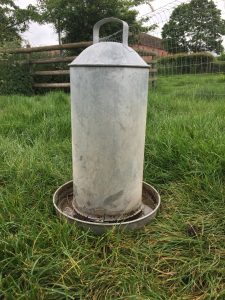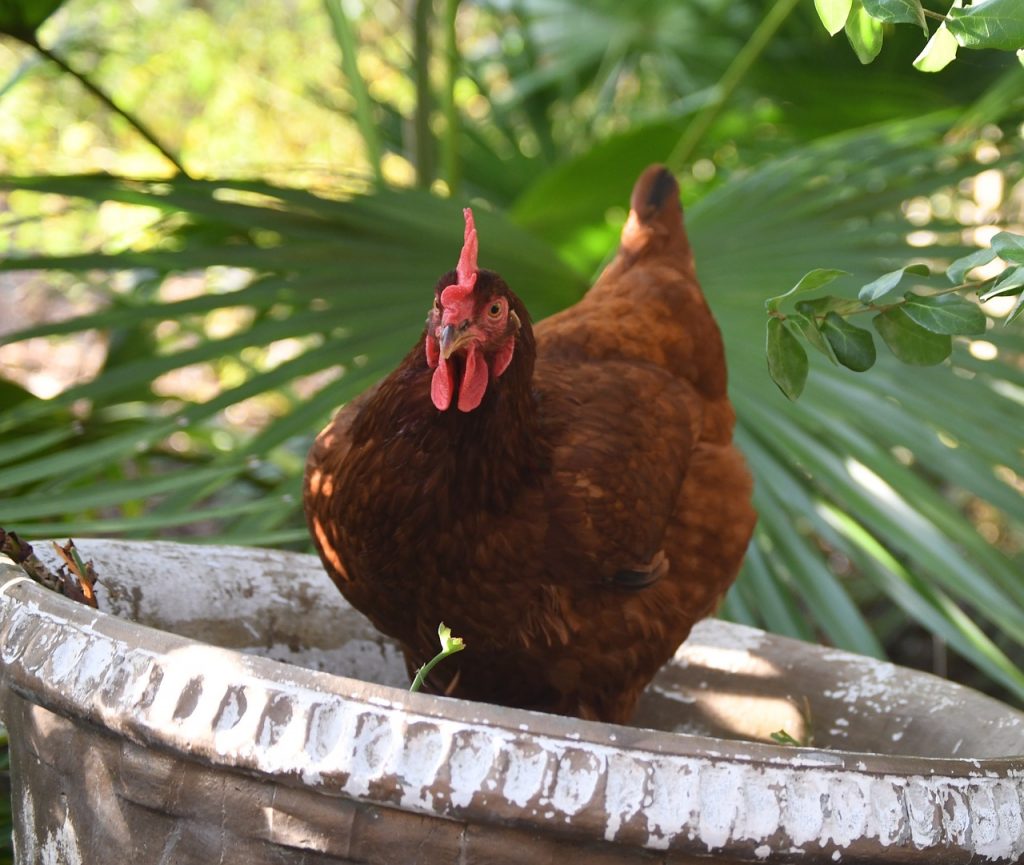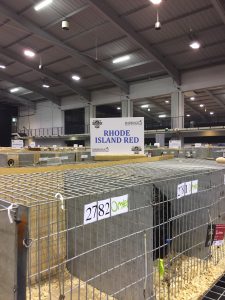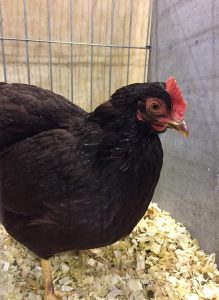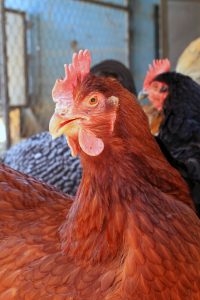
Rhode Island Red Overview
Well this breed really is the classic. It famous all over the world, maybe its even the most famous breed in existence. It originated from its namesake Rhode Island, but its come along way from there.
What made this breed of chicken so successful?
I think its simple – the Rhode Island Red chicken will lay a fantastic number of egg, they are very tame and need very little attention, they are great foragers….need I go on!
I have owned Rhode Island Reds (RIR) for years – read on to find out more from myself and other top breeders.
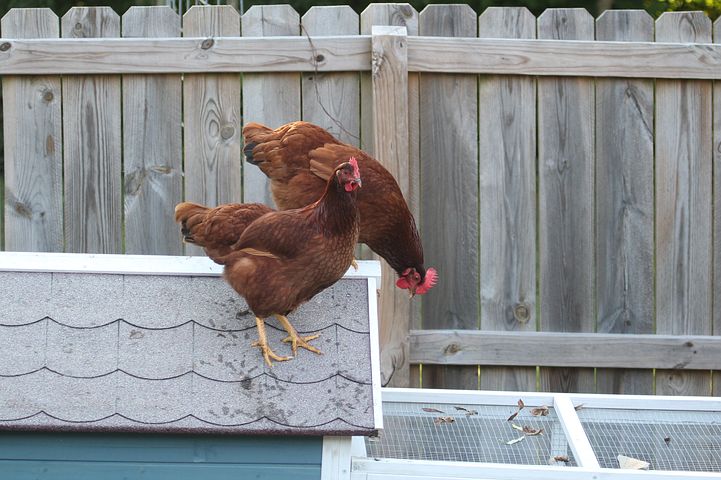
Eggs
Size
Large
Color
Light/Medium Brown
Production per year
150 up to 300. On average about 5-6 eggs per week
When do they start laying eggs?
Typically 18-20 weeks, but I’ve had some start laying as early as 16 weeks. Wow
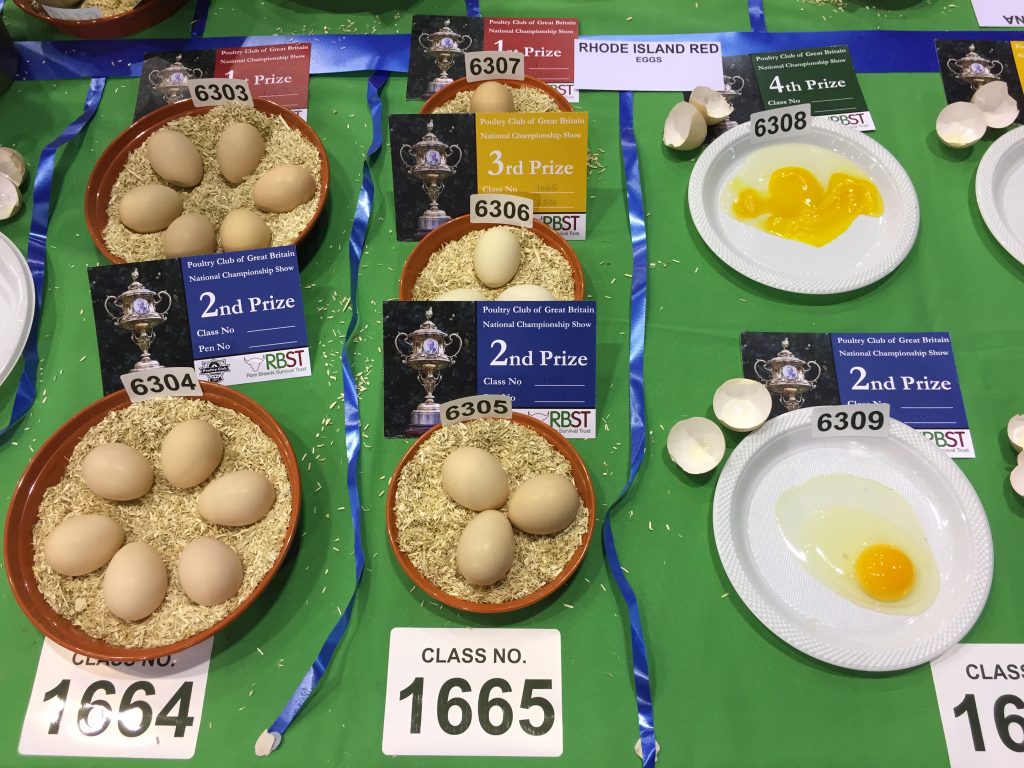
Rhode Island Red Characteristics
Temperament / Are they good as pets?
I always get asked: “Are Rhode Island Chickens friendly?” – the answer is yes. They make great pets and are an excellent all rounder. They aren’t particularly quiet though they walk round clucking quiet a lot – well they can’t be blamed they are chickens after all.
They are fairly large, so children wanting to hold them should know how to hold them properly. There aren’t many instances of bullying amongst the breed or to other breeds which is brilliant. They are a solid choice for a family pet.
How do I tame “RIR” chickens?
They are naturally very tame as they are generally very friendly. Mine get handled quite a lot as chicks so here is my advice. Handle the chicks 3-4 times a day whilst young and they will then naturally be used to getting picked up.
If you buy your Rhode Island Reds as young adults or adults, then tame them with treats. Have some treats in your hands and slowly they will build up the confidence, if they don’t already have it, to feed from your hand. They will then be much easier to pick up and cuddle!
How many do I need to buy?
Always in pairs. I never recommend buying any chickens on their own. They are naturally very social animals are do much better in a small flock. A great sized small backyard flock is 6.
The ratio of males to females in this breed is 10:1. So 10 females to every 1 male.
How much space do they need?
So they are on the larger side, so will need a minimum of 4 sqft per bird in the coop. Then in the run you will require 20 sqft per bird. They love to scratch around and forage. They are happy to be free range too.
They can fly but aren’t the best fliers so a medium high fence would be required.
Will they mix with my other chickens?
They will mix the best with other birds of the same size. They can be placed into an existing flock with very little problem. They are very confident and as such are very adaptive to wherever they are.
Sometimes other breeders and I have noted they can be slightly ‘pushy’ toward other chickens. This is generally the case when the other chickens are a more docile breed.
It’s not common but it does happen, so keep an eye for any bullying when you introduce them.

Appearance
Yes they are red, as the name suggests, but a darker red. They do very in color however from a richer mahogany to darker rust color. They are lovely looking with lovely personality.
The earlier Rhode Island Reds sported both single and rose combs, some even having pea combs, due to their mixed ancestry and because they were being bred primarily for market purposes. The rose combed variety aren’t very common now, roughly 98% of birds will have a single upright comb.
The distinct shape characteristic of both Rhode Island Reds and Rhode Island Whites is the horizontal, oblong body.
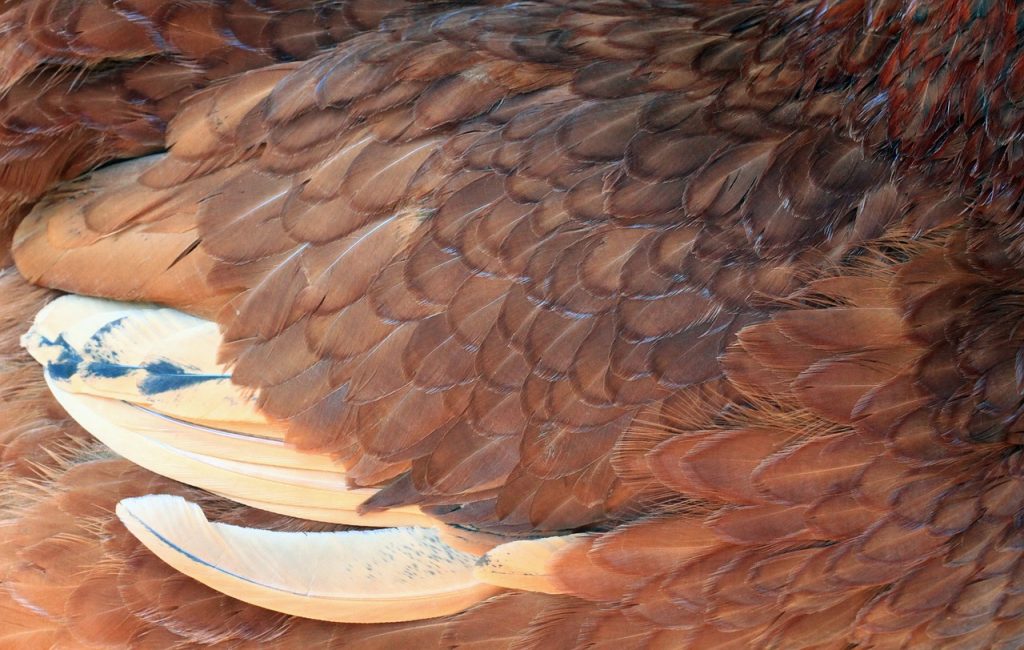
Weight
Males: 8.5 lb. (3.9kg) | Hen: 6.5lb. (3kg)
Bantam Cock: 34 oz. (965g) | Bantam Hen: 30 oz. (850g)
Feeding
What should I feed them?
Chicks need to be fed ‘chick crumb’ also called ‘starter crumb’ up until 6 weeks old. This feed contains 19{cfcd481556a8b43fba6af451761032bd323e94372a0c1e607} protein and contains all the right ingredient for the growth at that stage of their development.
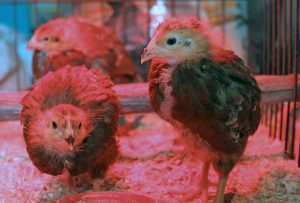
At 6 weeks old you switch them onto growers mash or growers pellets, this will take them all the way up to 16 weeks old.
Then at 15-16 weeks old, they need to be fed layers pellets. Layers pellets contain everything they need to begin to form and lay eggs. They will need to eat this feed until they stop laying. It is then up to you what they are fed after, you might want to continue or switch to a different feed, like corn.
How much should I feed them?
Its often joked they will survive on anything, even on sub standard chicken feed, which isn’t my recommendation but an indication of their hardiness. I think this aspect of them comes from being bred originally with Malays.
They are very self sufficient birds, but will ofcourse need feeding. This can be done once in the morning and once at night before dusk or just once a day.
They will eat about 2.82 ounces (80 grams) of chicken feed each day, per bird. This is an average. On hotter days they will eat slightly less and in the winter if its really harsh they will eat slightly more to keep warm during the day and especially the night.
What can’t they eat?
This bit is important – they cant eat beans or chocolate. Both substances causes chickens to cardiac arrest, often resulting in their death. How can you avoid this? Check, check and recheck if you are feeding them scraps that there are no beans in it. Scraps from the table is the most common route into a chickens feed – be vigilant.
There is still a chance that a chicken can forage free range and come across beans plants. Rhode island reds are great foragers! Be sure you haven’t got any near the chicken coop. Especially common is growing beans in the backyard. If you are, best practice here would be to net the bean plants so they cant be eaten by the chickens.
As for the chocolate – well do the chickens a favor and eat that yourself!
For more information on what and when to feed chickens jump on over to our chickens feeds page.
What do I need to keep chickens?
Ill run through the 3 basics
- A coop – Rhode Island Reds need a roosting height of 2-4ft. The roosting height is the height they are at when roosting which means when they are in the coop for the night asleep. Id recommend something with shade too, if you live in a hot climate this will be really important.
- A waterer – place this full of fresh water on flat ground in the shade. Chickens will climb on anything and can knock over a waterer accidentally. This could mean they going to spend the whole day without any water. This will cause dehydration and the effects can be very serious. I therefore recommend a metal one, they are slightly heavier meaning they are less likely to be knocked over. Plus, too the metal will keep the water cooler for longer than plastic. Chickens really like cool water. So this is a big bonus. Plastic ones that are in the sunlight can leach the harmful chemicals from the plastic into the water causing your birds to get illnesses. It will pay off in the long run – a metal one will last 25+ years like mine.
- A feeder – compared to just throwing the feed on the ground, a feeder is much better. It means less is wasted in spoil. Don’t get a feeder that chickens can climb in. If they can climb into it they will poop in it. This will spoil the feed very quickly, costing you money, and meaning potentially the other chickens will go hungry. Metal will last a lot longer than plastic. Chickens beaks aren’t sharp but daily pecking at food will result in plastic feeders cracking. I’ve been through dozens of plastics one and my metal one is still going strong. Chickens need access to grit, not sure what this is or where to buy it, find out more here.
